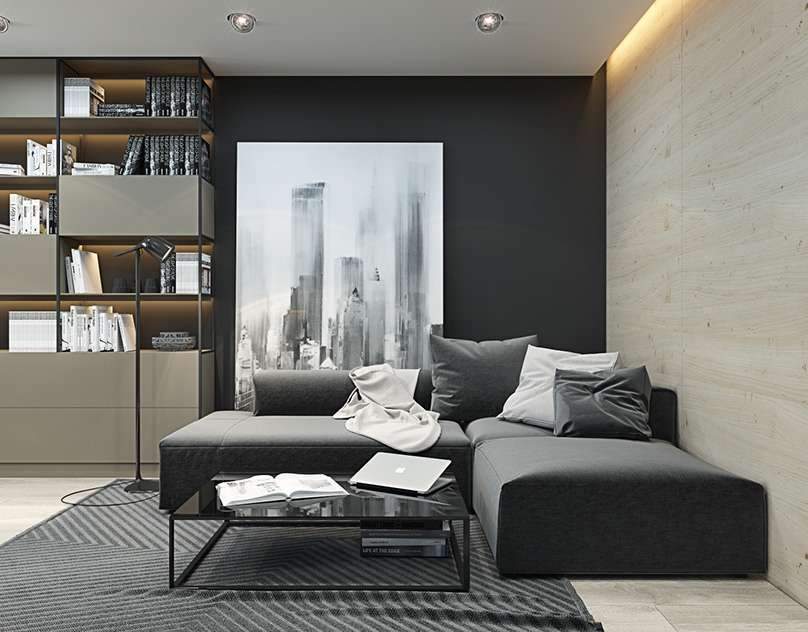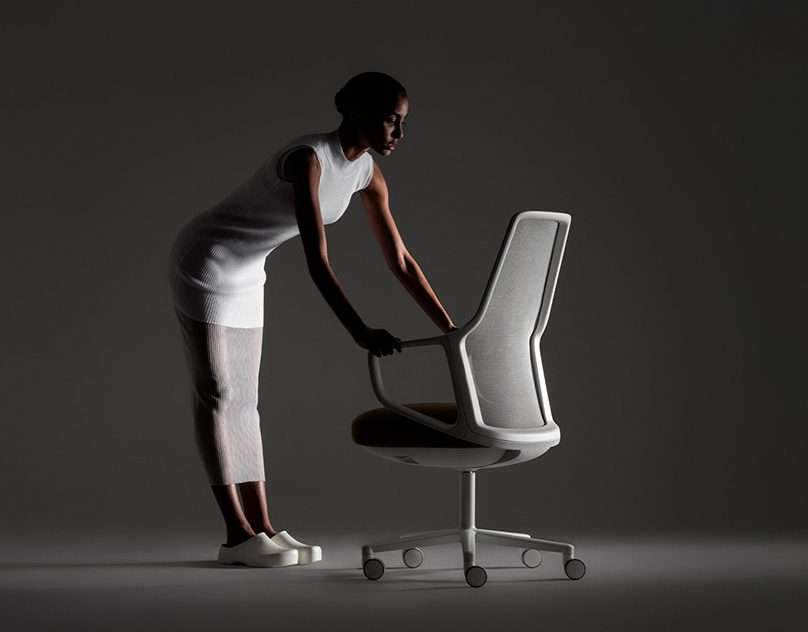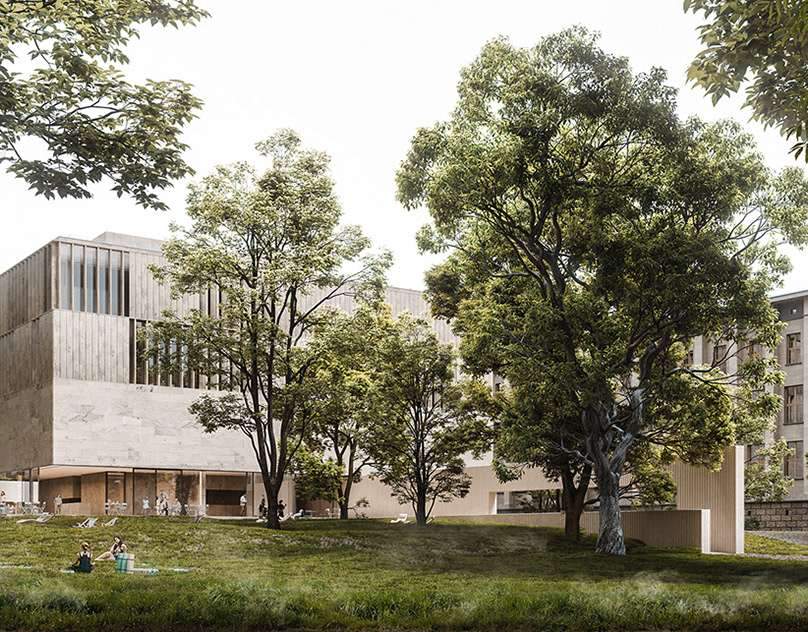The Legacy of Anni Albers and Its Impact on Modern Design
Anni Albers, one of the foremost textile artists of the twentieth century, left a profound mark on the field of modernism and design. Her contribution extended beyond traditional craftsmanship techniques. She managed to merge graphic design with fine arts, making her works a turning point in our understanding of art and textiles.
Engaging with Modernism through Fabrics
In celebration of Anni Albers’ legacy, a new collection of fabrics has been launched, showcasing her influence on modern design. These fabrics were presented at the Milan Design Week 2025. They represent a contemporary reinterpretation of techniques that Albers had employed in the past. This project blends art and design in a way that encourages exploration of new and experimental ideas. It reflects the artist’s ongoing commitment to innovation.
Connection to Place: The Pirelli Tower
The architectural character of the venue hosting this project enhances the creative experience. It is located on the sixteenth floor of the Pirelli Tower, a landmark of modern Milan that uniquely reflects the legacy of modernism. The building was designed by the BBPR team. Its distinctive shape is symbolic of the evolution of architecture in the twentieth century, adding a historical dimension to the exhibited project.
Anni Albers: Textile Art Between Tradition and Modernism
Anni Albers was one of the most prominent textile artists of the twentieth century. She successfully merged multiple fields such as graphic design, fine arts, and traditional crafts. Her contributions to the world of textiles were not limited to the invention of new techniques but also served as a bridge between traditional and experimental art forms. Despite decades having passed since her works, her influence remains palpable. She was recently honoured at the Tate Modern exhibition in London, which celebrated the centenary of Bauhaus.
Fabrics Inspired by “Textile Imagery”
The four fabrics on display, considered embodiments of Anni Albers’ works, feature what the artist described as “textile imagery.” These fabrics remain true to her distinctive style: strong and captivating. The designs showcase an interaction between form and function. They have potential applications in upholstery, curtains, and panels, reflecting the versatility of textiles in adding an aesthetic dimension to interior spaces.
Techniques and Materials: A Blend of Old and New
The fabrics boast a unique composition. They combine a variety of materials such as wool, cotton, and jute, alongside modern materials like viscose, acrylic, and polyester. The dense and multi-dimensional textile reflects an artistic blend of both traditional and contemporary techniques, making each piece tell an artistic story. This story merges heritage with innovation.

Location: Pirelli Tower
The strength of the experience is amplified when the project is displayed against the backdrop of Milan’s cityscape. Completed in 1959, the Pirelli Tower is one of the most iconic architectural landmarks in the city centre. It stands tall as one of the region’s tallest buildings.
An Unconventional Design Reflecting Modernism
The tower is distinguished by its unique shape, which initially sparked controversy due to its unconventional design. Its mushroom-like lines, with the floor area expanding on the upper levels, give it a distinctive character that reflects modern architectural thinking. The tower is considered a contemporary interpretation of medieval castles in the Lombardy region. It adds a blend of the past and present to the city at every corner.

Exploring the Works of Anni Albers: Intellectual Openness and Creative Experimentation
Understanding the works of Anni Albers and immersing oneself in her way of thinking requires intellectual and creative openness. This openness also demands a readiness for unlimited exploration, just as Albers did, by “taking the thread for a walk” without a specific goal. This was inspired by the maestro Paul Klee.
Reinterpreting Textiles: A Blend of Tradition and Innovation
Reinterpreting textiles, colours, and shapes originally intended for handwoven fabrics poses a real challenge in the field of textiles. However, this experience represents a blend of traditional and modern techniques. It tests the ability to combine the old and the new artistically. As Anni Albers once said, “Art gives us courage.” Each new research project in this field contributes to expanding knowledge and fostering innovation.
A Testament to Creativity and Evolution
Caterina and Raffaele Fabrizio, CEO and Creative Director of Dedar, say: “With each step in this research, we broaden our horizons and enrich our knowledge. We draw inspiration from Anni Albers’ courage in innovation and experimentation.”







